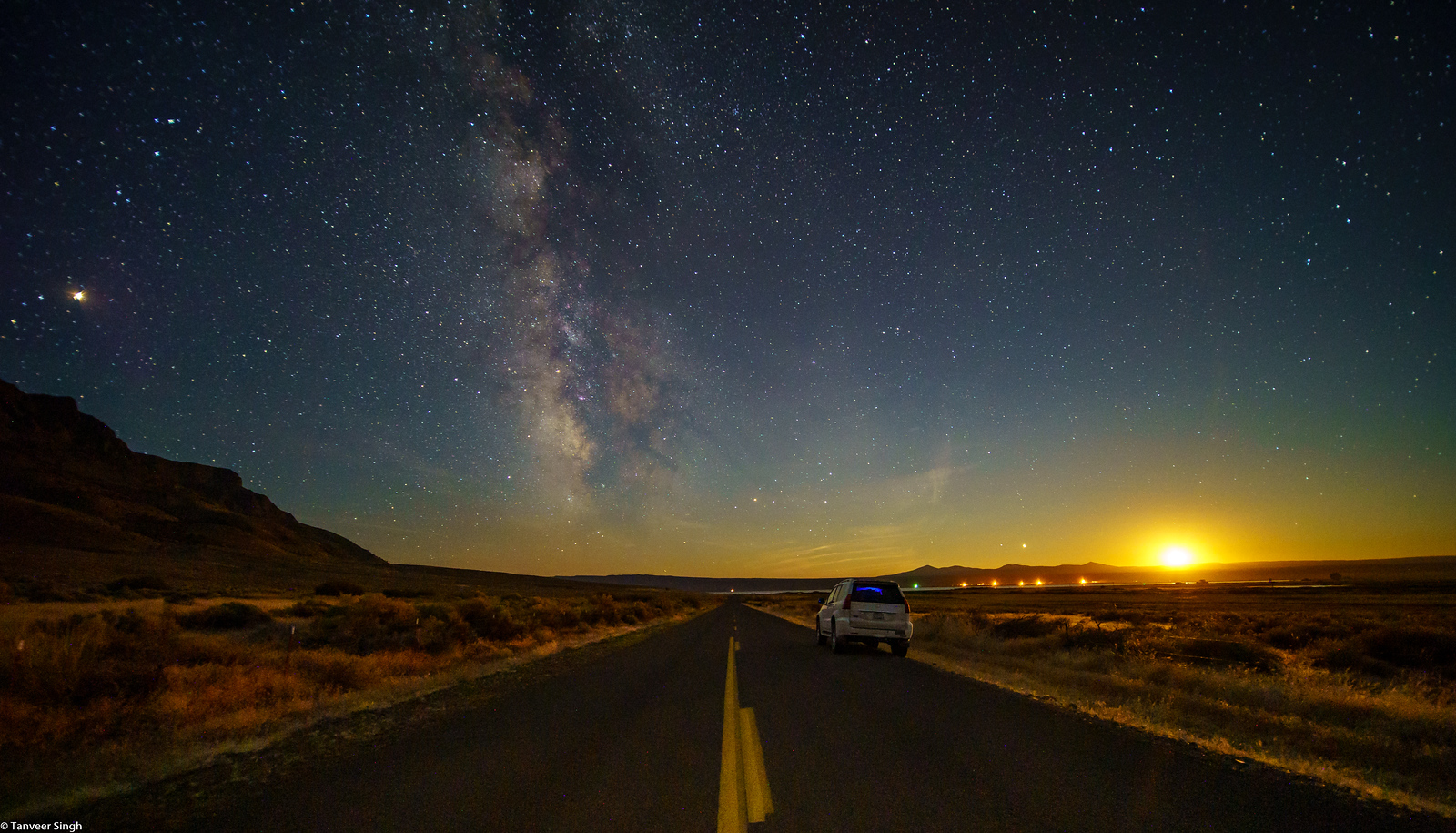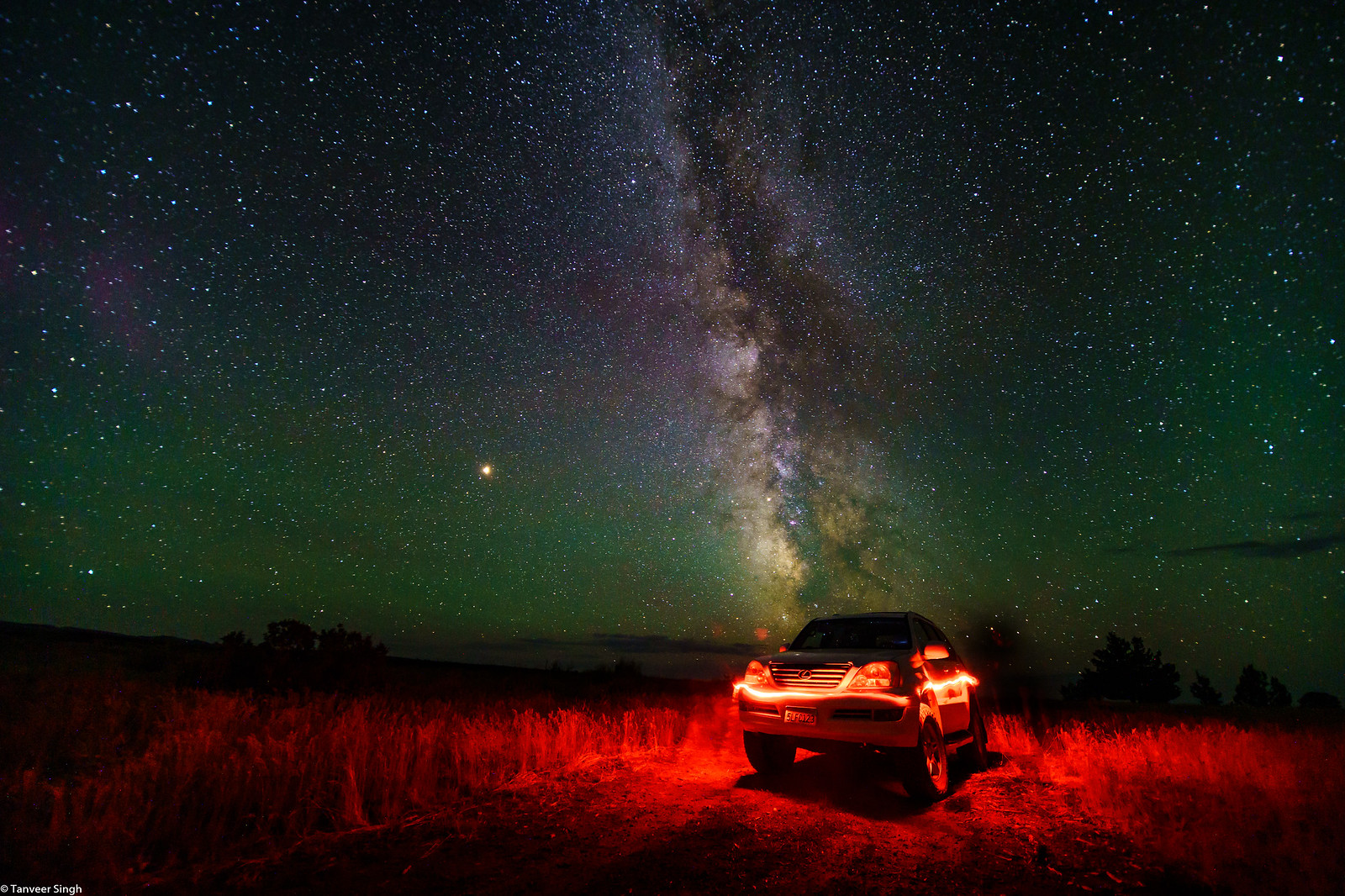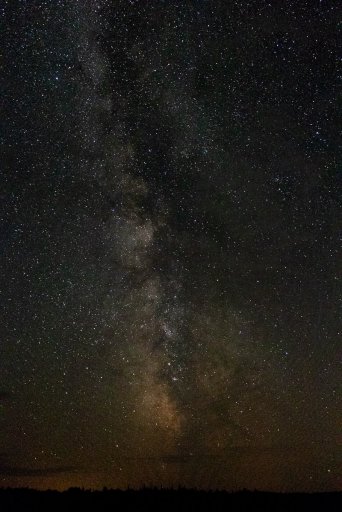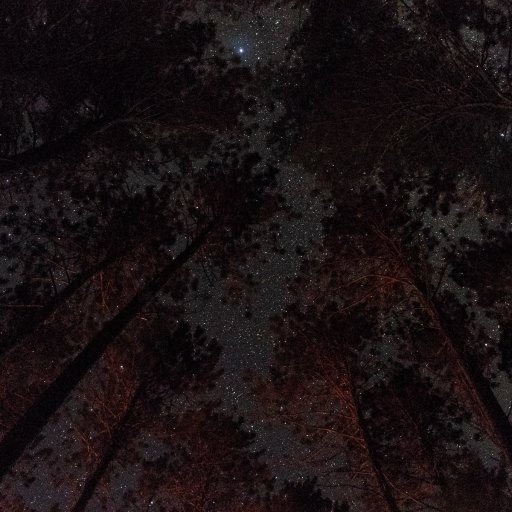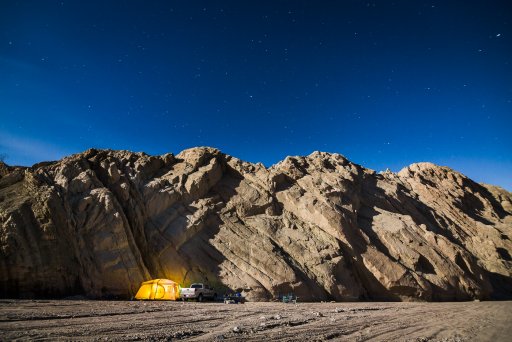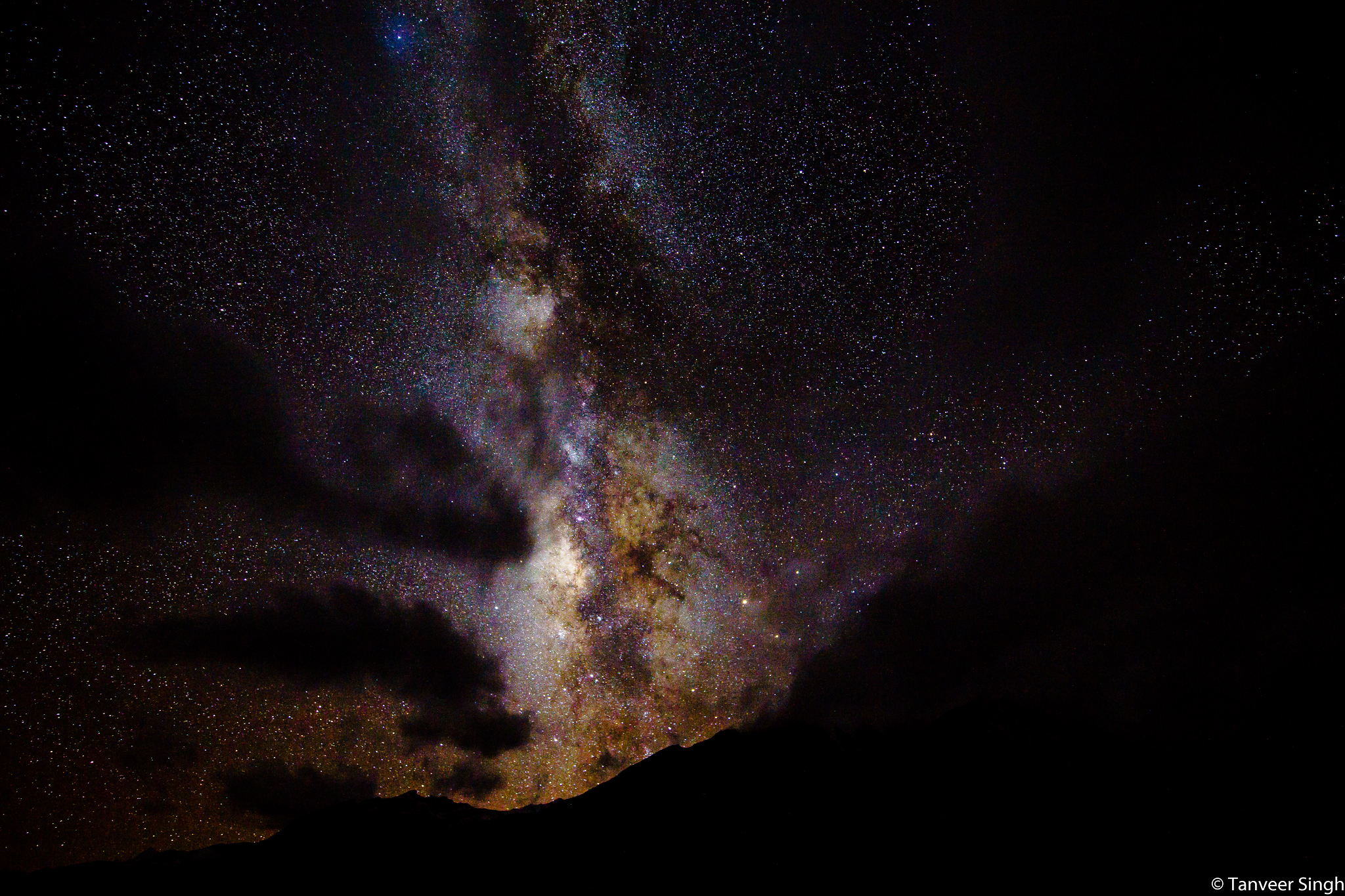@Flipper
Possible yes but likely some what difficult. Looking at the Nikon Spec sheet I see the following that will make this possible:
- ISO 1600, 3200, and 6400 are available.
- 16 MP sensor
- Lens offers a setting equivalent to 24mm F2.8 on a 35mm full frame Camera
- 3" screen w/ brightness adjustment (Not sure about magnification / live view?)
- "Night Landscape" and "Fireworks Show" Scene Modes
I see the following that will make shooting night sky shots difficult:
- NO Manual focus
- NO Manual controls of aperture and shutter speed. (Likely loss of ISO control due to note of 3200 and 6400 only available in Auto mode)
- Not sure if camera offers Raw shooting mode. My Dads Olympus TG5 which is in a similar class to the AW130 does but it was difficult to get enabled. Read manual and maybe ask an expert on the camera for help here.
- Small sensor size (larger sensors tend to have better low light quality. Things have been getting better in the last few years for small sensor cameras but still tough.)
If you want to try it out get a tripod, fully charged battery and go out on a moonless night in a relatively dark sky location (
https://www.lightpollutionmap.info/#zoom=7&lat=3315914&lon=-9000459&layers=B0FFFFTFFFF Sorry in Florida this is kinda hard to do. Maybe the blue area around Cedar Key or Okefenokee NWR). Frame up a nice subject in the foreground with the Polaris (North Star) behind the subject. Put the camera into "Night Landscape" mode, Raw or Tiff picture mode (instead of Jpg if possible) zoom the lens as wide as possible (you want the 24mm F2.8 equivalence) and take 10-20 (or More) photos.
From there we can talk about the steps needed to develop the photo(s) into a composite to get you a pic.
boort
